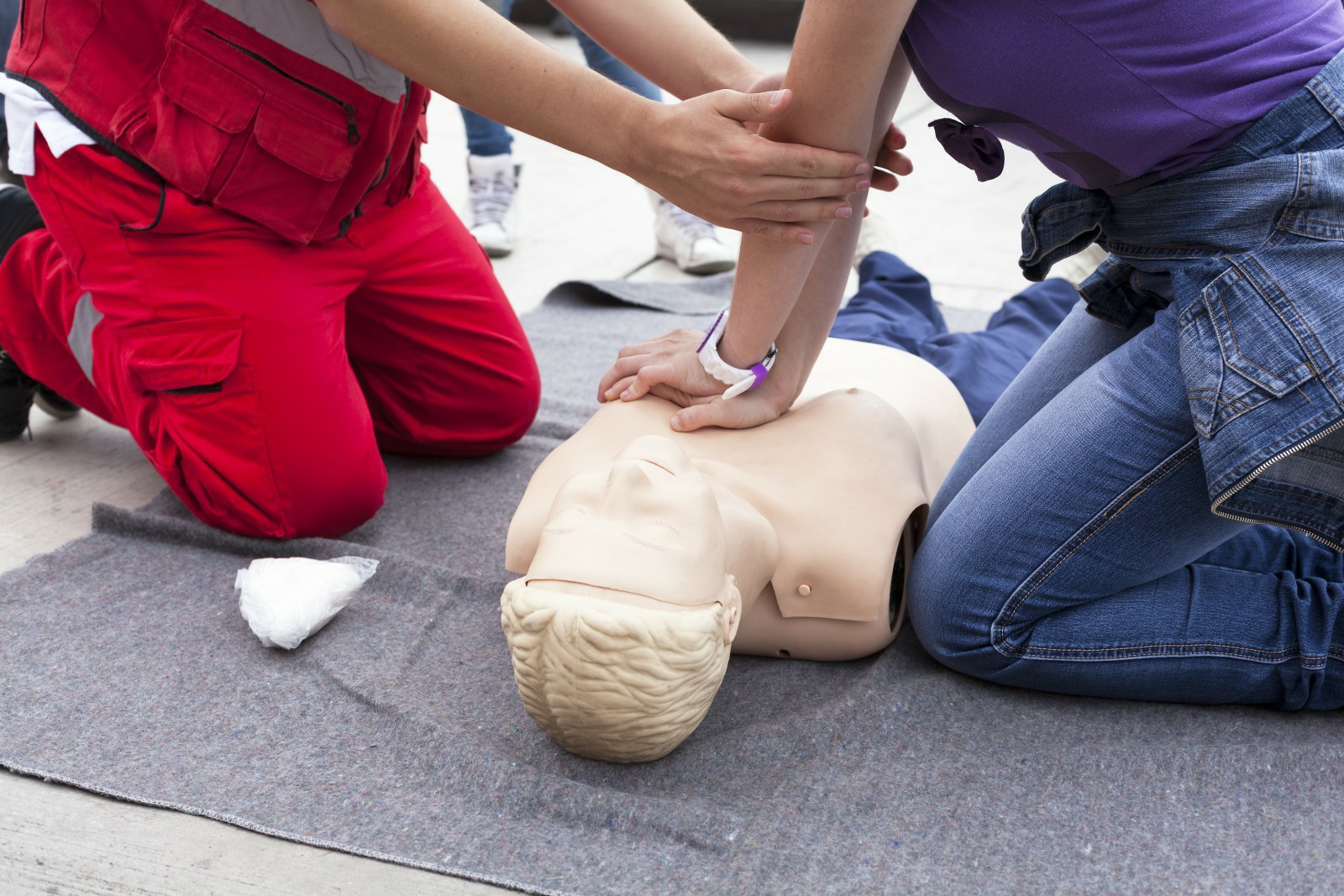


 349,500 Offered Certificates
349,500 Offered Certificates
 24/7 Online Training
24/7 Online Training
 Money Back Guarantee
Money Back Guarantee
 Fully Accredited Courses
Fully Accredited Courses

Created at: 25-02-2025 18:07
In today’s fast-paced work environment, being prepared for emergencies is paramount. The importance of First Aid and CPR training cannot be overstated. This essential training not only enhances workplace safety but also equips employees with the knowledge and skills to respond effectively in medical emergencies. In this comprehensive guide, we will explore the profound benefits of First Aid and CPR training, how it empowers employees, and the critical role it plays in compliance with health regulations.
Emergencies can happen anywhere, and workplaces are no exception. From minor injuries like cuts and sprains to life-threatening situations like heart attacks, having trained personnel on-site can make all the difference. First Aid and CPR training ensures that employees can provide immediate care, potentially saving lives and reducing recovery times.
Effective emergency medical response can mitigate the severity of injuries and illnesses. Understanding when and how to administer First Aid can prevent complications that could arise from waiting for emergency medical services to arrive. Responsive, trained employees contribute to a safer work environment where risks are minimized.
Every employee should have access to basic First Aid training. Whether it’s recognizing the signs of a heart attack, performing CPR, or managing a choking incident, First Aid courses empower employees with crucial skills. Such training not only enhances individual confidence but also promotes a proactive approach to safety.
Cardiopulmonary resuscitation (CPR) is an emergency procedure that combines chest compressions with artificial ventilation in a timely manner to maintain blood circulation, while waiting for medical help. Knowing how to perform CPR can significantly improve survival rates after cardiac arrest. Training programs emphasize:
Compliance with health and safety regulations is essential for effective workplace management. Regulations often stipulate the number of trained First Aiders required based on the size and type of the workforce. Proper First Aid training encourages adherence to these guidelines, ensuring a ready response in emergencies and minimizing liability.
Different work environments have unique First Aid training requirements based on associated risks. Understanding these requirements—whether in a manufacturing facility, an office, or an outdoor setting—will help organizations tailor their training programs. A qualified trainer can assess these needs to determine appropriate First Aid and CPR training courses.
With the advent of technology, many organizations now offer online First Aid courses. While these can be convenient for busy employees, they may lack vital hands-on practice. It's important to weigh both options to decide which method best prepares your team. A blended approach may combine online study with in-person skills assessments.
Investing in First Aid and CPR training is an investment in your employees' safety and well-being. Empower your workforce today by enrolling them in a comprehensive First Aid course. Not only will this enhance workplace safety, but it will also lead to improved compliance with health regulations and foster a culture of preparedness. Contact us at [email protected] to learn more about First Aid training options available. Explore First Aid Courses designed specifically for your workplace!